Home>Home Appliances>Laundry Appliances>How Many Volts Does A Washing Machine Use


Laundry Appliances
How Many Volts Does A Washing Machine Use
Published: February 21, 2024
Discover the voltage requirements of laundry appliances. Learn how many volts a washing machine uses and ensure proper electrical compatibility. Explore more laundry appliance tips.
(Many of the links in this article redirect to a specific reviewed product. Your purchase of these products through affiliate links helps to generate commission for Storables.com, at no extra cost. Learn more)
Introduction
When it comes to laundry appliances, the washing machine stands as an indispensable workhorse in modern households. This marvel of engineering has revolutionized the way we clean our clothes, offering convenience and efficiency that our ancestors could only dream of. However, amidst the myriad of considerations when purchasing a washing machine, one often overlooked aspect is the voltage it requires to operate effectively.
Understanding the voltage requirements of a washing machine is crucial for ensuring optimal performance and safety. Whether you're in the market for a new washing machine or seeking to comprehend the energy consumption of your current appliance, delving into the realm of voltage usage can shed light on this essential household device.
In this comprehensive guide, we will unravel the intricacies of voltage in washing machines, exploring the factors that influence voltage usage and the implications for energy efficiency. By the end of this journey, you will gain a deeper understanding of how voltage impacts the operation of washing machines, empowering you to make informed decisions and maximize the performance of this indispensable appliance.
Key Takeaways:
- Understanding the voltage requirements of your washing machine is crucial for its performance and safety. It directly impacts the motor, heating elements, and electronics, ensuring optimal operation and minimizing electrical hazards.
- Energy efficiency and voltage usage in washing machines go hand in hand. Innovations like variable speed motors and optimized cycle settings adapt to voltage fluctuations, reducing power consumption while maintaining effective cleaning, contributing to a greener future.
Read more: How Many Amps Does A Washer Use
Understanding Voltage in Washing Machines
Voltage is a critical aspect of a washing machine's operation, as it directly influences the appliance's ability to function effectively. In simple terms, voltage refers to the electrical potential difference that drives the flow of current through the washing machine's circuitry. Most washing machines are designed to operate on standard household voltage, typically 120 volts in North America and 230 volts in Europe and other regions. Understanding the voltage requirements of your washing machine is essential for ensuring compatibility with your home's electrical system.
The voltage required by a washing machine is determined by its motor and other electrical components. The motor, in particular, plays a pivotal role in the machine's operation, driving the drum's rotation and facilitating the washing and rinsing cycles. The voltage rating of the motor dictates the electrical supply needed for optimal performance. Additionally, other components such as control panels, pumps, and heating elements also contribute to the overall voltage consumption of the washing machine.
It's important to note that some washing machines, particularly high-capacity or commercial models, may require higher voltage, such as 240 volts, to accommodate their increased power demands. These machines are often equipped with larger and more powerful motors to handle heavier loads, necessitating a higher voltage supply for efficient operation.
In the context of voltage, it's crucial to consider the impact of power surges and fluctuations on washing machines. Sudden voltage spikes can potentially damage the sensitive electronic components within the appliance, leading to malfunctions or even complete failure. To mitigate this risk, many modern washing machines are equipped with voltage surge protection features to safeguard the internal circuitry from electrical irregularities.
Understanding the voltage requirements of your washing machine is not only essential for its proper functioning but also for ensuring safety. Operating the appliance at the correct voltage minimizes the risk of electrical hazards and malfunctions, promoting a secure and reliable laundry experience.
By comprehending the intricacies of voltage in washing machines, you can make informed decisions when selecting a new appliance and ensure that your current machine receives the appropriate electrical supply for optimal performance and longevity.
Factors Affecting Voltage Usage
Several factors influence the voltage usage of a washing machine, encompassing both internal components and external considerations. Understanding these factors is crucial for gaining insight into the intricate relationship between voltage and the operational efficiency of the appliance.
-
Motor Specifications: The motor serves as the powerhouse of the washing machine, driving the drum's rotation and facilitating the various cycles. The voltage rating of the motor directly impacts the electrical supply required for optimal performance. High-capacity or commercial washing machines often feature larger and more powerful motors, necessitating higher voltage to accommodate their increased power demands.
-
Heating Elements: Many modern washing machines are equipped with heating elements to provide hot water for effective cleaning. These elements contribute to the overall voltage consumption of the appliance, especially during the heating phase of the wash cycle. The voltage requirements for heating elements vary based on the machine's design and intended temperature settings.
-
Control Panels and Electronics: The control panel and electronic components of a washing machine play a pivotal role in regulating its operation and settings. These components, including microprocessors and display panels, require a stable voltage supply to function reliably. Fluctuations in voltage can potentially disrupt the operation of these sensitive electronics, emphasizing the importance of consistent electrical supply.
-
Load Capacity: The size and load capacity of a washing machine can influence its voltage usage. Larger machines designed to handle heavier loads may incorporate components that demand higher voltage to ensure efficient performance. Understanding the relationship between load capacity and voltage usage is essential for selecting a washing machine that aligns with your specific laundry needs.
-
Energy Efficiency Features: Modern washing machines often integrate energy-efficient technologies to minimize power consumption. These features, such as variable speed motors and optimized cycle settings, can impact the voltage requirements of the appliance. Understanding the interplay between energy efficiency and voltage usage enables consumers to make informed choices that align with their sustainability goals.
-
Voltage Fluctuation Protection: Some washing machines are equipped with voltage surge protection features to safeguard the internal circuitry from electrical irregularities. These protective mechanisms mitigate the impact of voltage fluctuations, ensuring the longevity and reliability of the appliance.
By considering these factors, consumers can make informed decisions when selecting a washing machine that aligns with their specific requirements and operational expectations. Additionally, manufacturers continually innovate to enhance the energy efficiency and voltage adaptability of washing machines, reflecting a commitment to sustainability and consumer satisfaction.
Most washing machines use around 120 volts, but it’s important to check the specific voltage requirements of your model before installation to ensure it is compatible with your home’s electrical system.
Energy Efficiency and Voltage
Energy efficiency has emerged as a pivotal consideration in the design and operation of modern washing machines, reflecting a collective commitment to sustainability and resource conservation. The interplay between energy efficiency and voltage usage in washing machines underscores the dynamic relationship between power consumption and environmental impact.
In the context of washing machines, energy efficiency encompasses a spectrum of technological innovations and operational strategies aimed at minimizing power consumption while maintaining optimal performance. These advancements are designed to reduce the environmental footprint of laundry appliances, aligning with global efforts to promote energy conservation and mitigate the impact of household activities on the planet.
The voltage requirements of a washing machine are intricately linked to its energy efficiency, as the electrical supply directly influences the operation of energy-saving features and components. Manufacturers have integrated a range of technologies to enhance the energy efficiency of washing machines, such as variable speed motors, optimized cycle settings, and temperature control mechanisms. These innovations are designed to adapt to varying voltage inputs while delivering efficient and sustainable performance.
Variable speed motors, for instance, adjust their rotational speed based on the specific requirements of each cycle, optimizing energy consumption without compromising cleaning effectiveness. By dynamically responding to voltage fluctuations, these motors exemplify the synergy between energy efficiency and voltage adaptability, ensuring that the washing machine operates optimally while minimizing power usage.
Furthermore, optimized cycle settings and temperature control mechanisms leverage voltage input to regulate water heating and cycle durations, maximizing energy efficiency without sacrificing the quality of the wash. These features demonstrate the capacity of washing machines to harmonize voltage usage with sustainable operation, empowering consumers to engage in environmentally conscious laundry practices.
The integration of energy-efficient technologies in washing machines not only reduces power consumption but also underscores the significance of voltage adaptability in promoting sustainable household appliances. By aligning voltage usage with energy efficiency, washing machines exemplify the potential for technological innovation to drive environmental stewardship within everyday domestic activities.
As consumers prioritize sustainability and energy conservation, the correlation between energy efficiency and voltage usage in washing machines assumes greater significance. By selecting appliances that balance optimal performance with minimal power consumption, individuals can contribute to a collective effort to foster a greener and more sustainable future.
In essence, the relationship between energy efficiency and voltage in washing machines embodies a commitment to environmental responsibility and underscores the transformative potential of technological advancements in shaping sustainable household practices.
Conclusion
In conclusion, the voltage requirements of washing machines play a pivotal role in shaping their operational efficiency, safety, and environmental impact. Understanding the intricate relationship between voltage usage and the various components of a washing machine provides valuable insights for consumers and underscores the significance of energy efficiency in modern appliances.
By delving into the realm of voltage in washing machines, we have gained a deeper appreciation for the critical role it plays in driving the appliance's performance. From powering the motor and heating elements to regulating control panels and electronics, voltage serves as the lifeblood of the washing machine, dictating its ability to deliver effective and sustainable laundry solutions.
The factors influencing voltage usage, including motor specifications, heating elements, control panels, load capacity, and energy efficiency features, collectively shape the electrical demands of washing machines. By considering these factors, consumers can make informed decisions when selecting a washing machine that aligns with their specific requirements and operational expectations.
Furthermore, the integration of energy-efficient technologies in washing machines exemplifies a commitment to sustainability and resource conservation. The harmonization of energy efficiency and voltage adaptability underscores the transformative potential of technological advancements in shaping sustainable household practices. As consumers prioritize environmental responsibility, the correlation between energy efficiency and voltage usage assumes greater significance, reflecting a collective effort to foster a greener and more sustainable future.
In essence, the journey into the realm of voltage in washing machines has illuminated the multifaceted impact of electrical supply on the operation, safety, and environmental footprint of these essential household appliances. By embracing a holistic understanding of voltage requirements and energy efficiency, consumers can empower themselves to make conscientious choices that resonate with their sustainability goals and contribute to a more environmentally conscious lifestyle.
As we navigate the landscape of modern home appliances, the significance of voltage in washing machines serves as a reminder of the interconnectedness between technological innovation, energy conservation, and environmental stewardship. By embracing this interconnectedness, we can embark on a collective journey towards a more sustainable and harmonious coexistence with the planet.
Frequently Asked Questions about How Many Volts Does A Washing Machine Use
Was this page helpful?
At Storables.com, we guarantee accurate and reliable information. Our content, validated by Expert Board Contributors, is crafted following stringent Editorial Policies. We're committed to providing you with well-researched, expert-backed insights for all your informational needs.
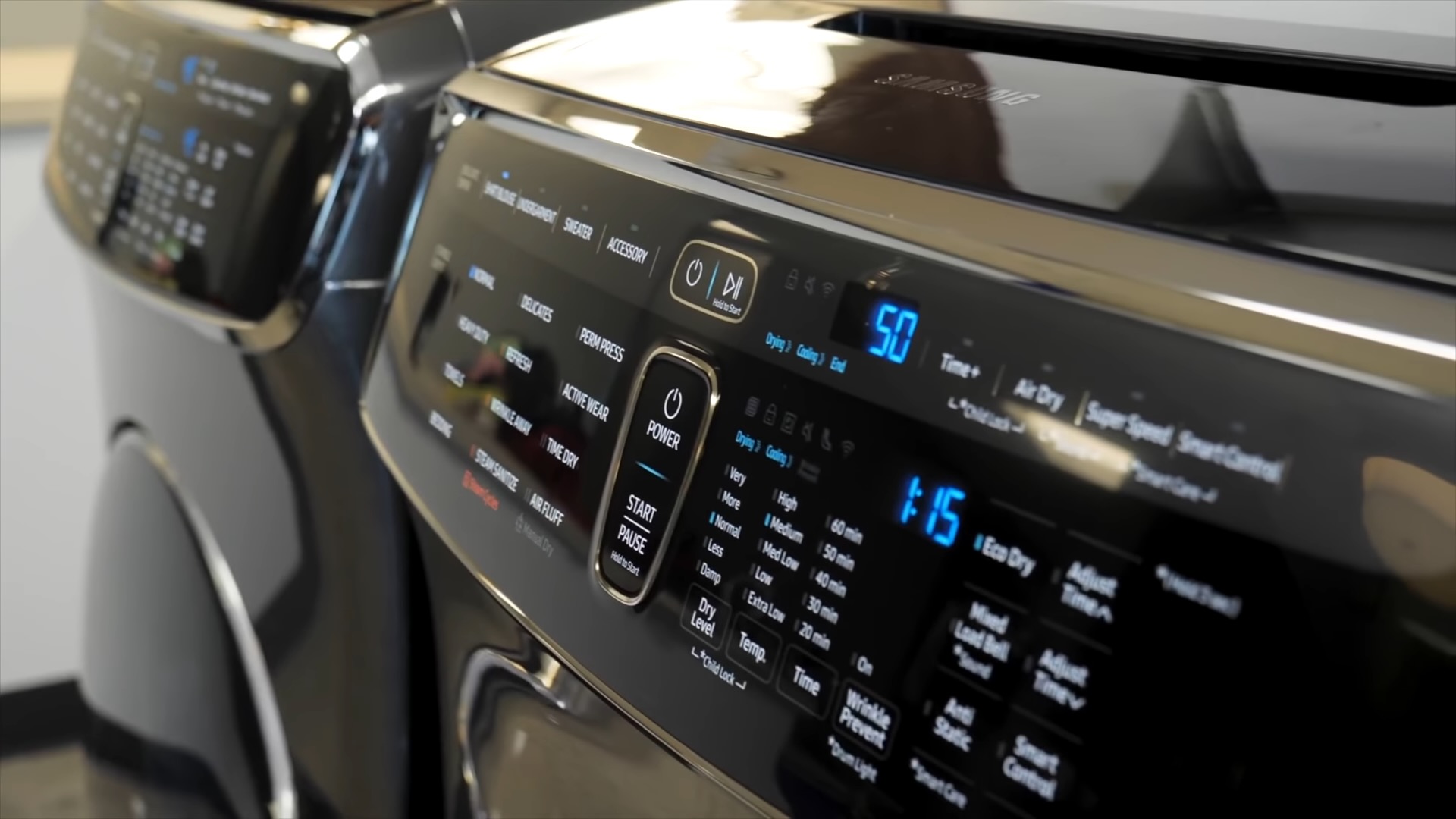

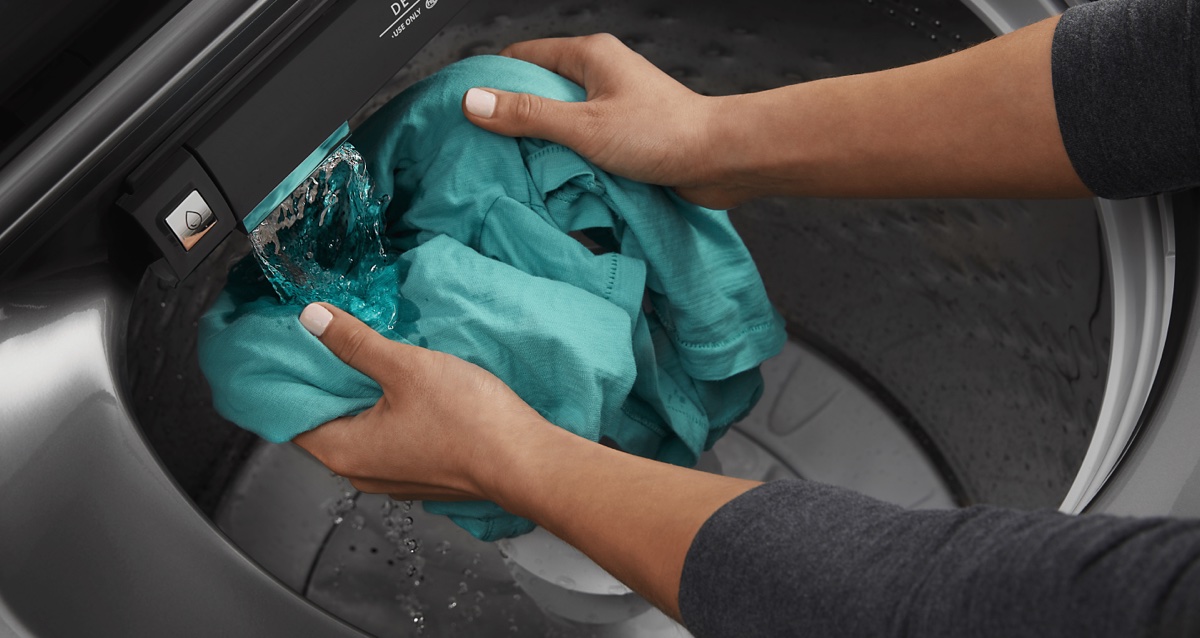
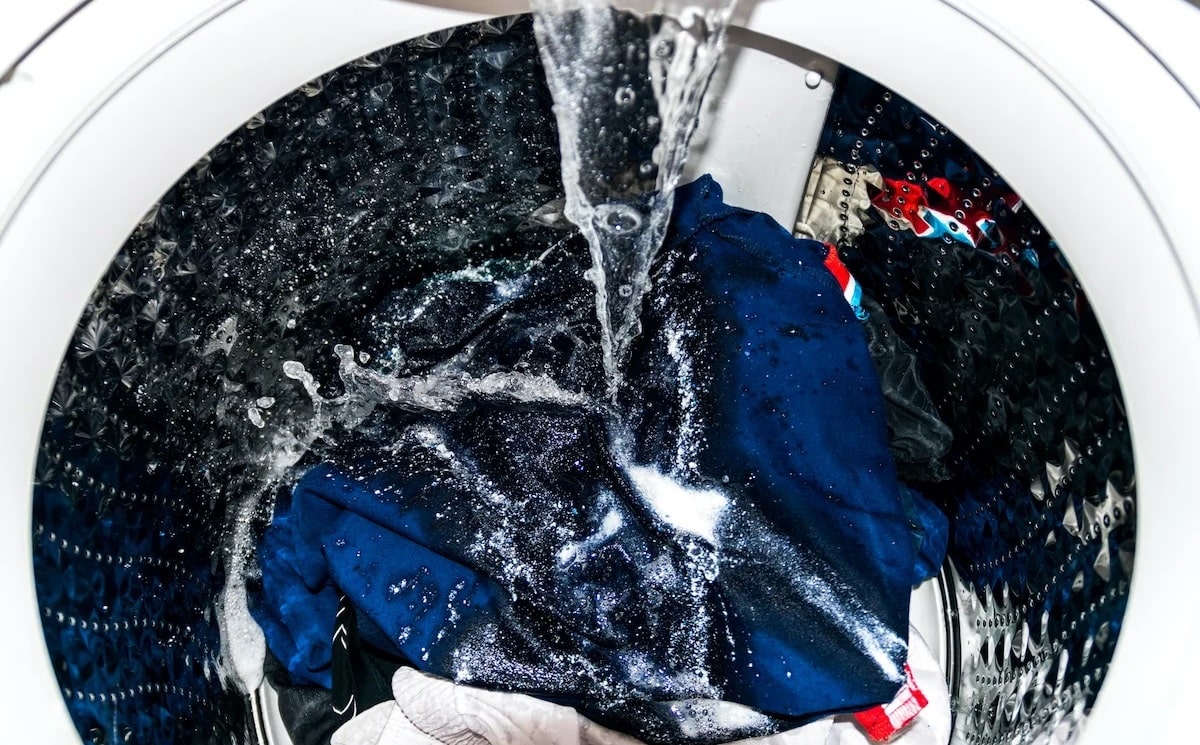
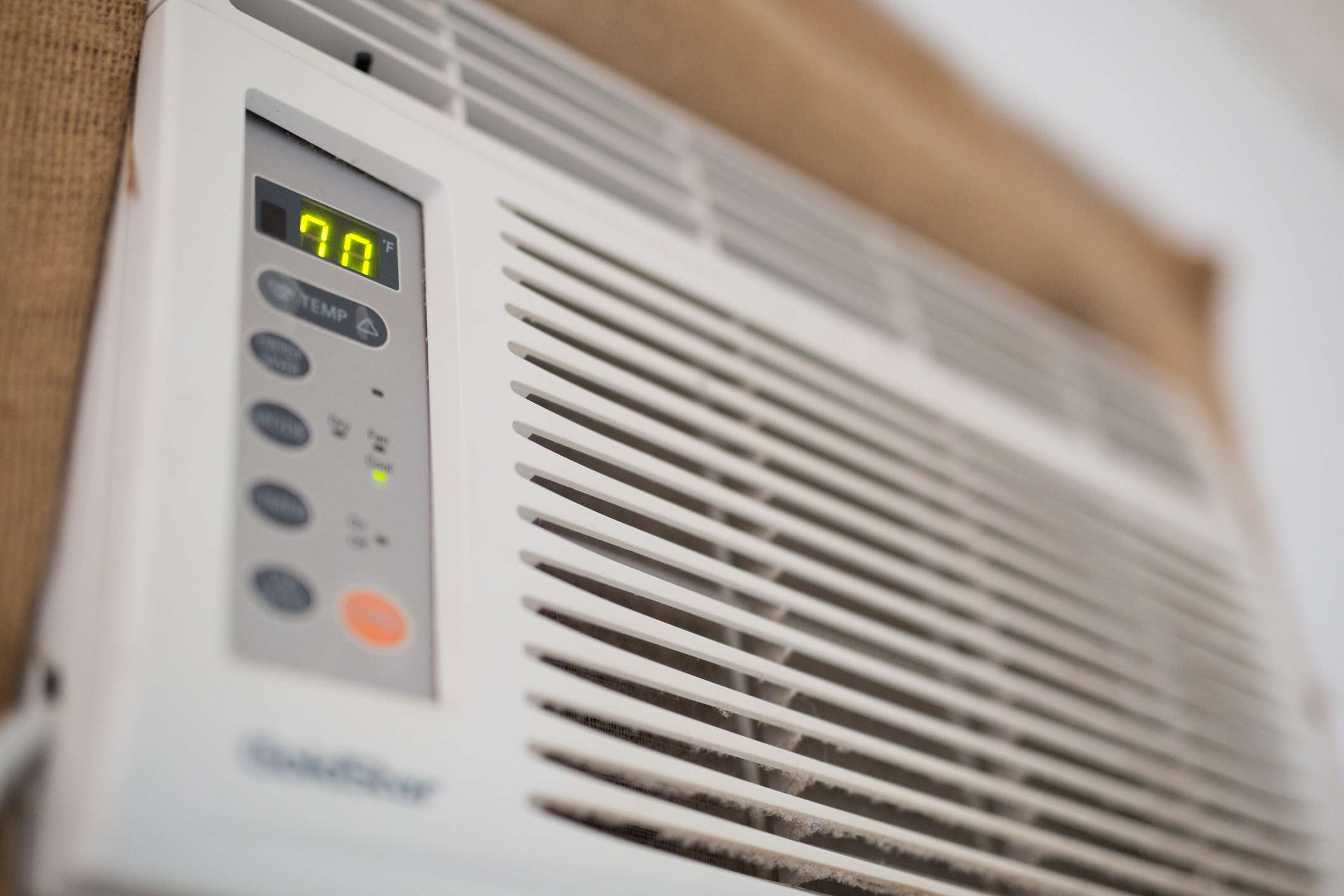

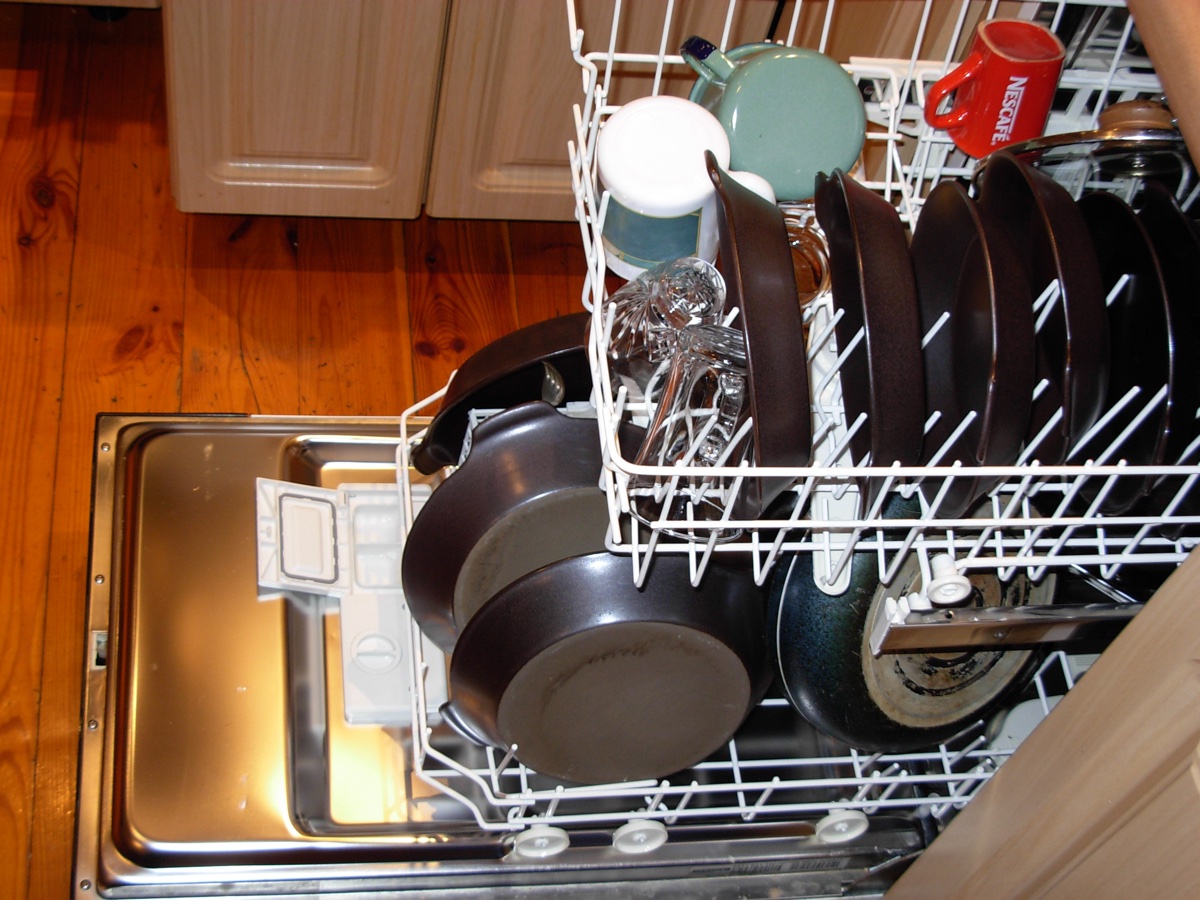





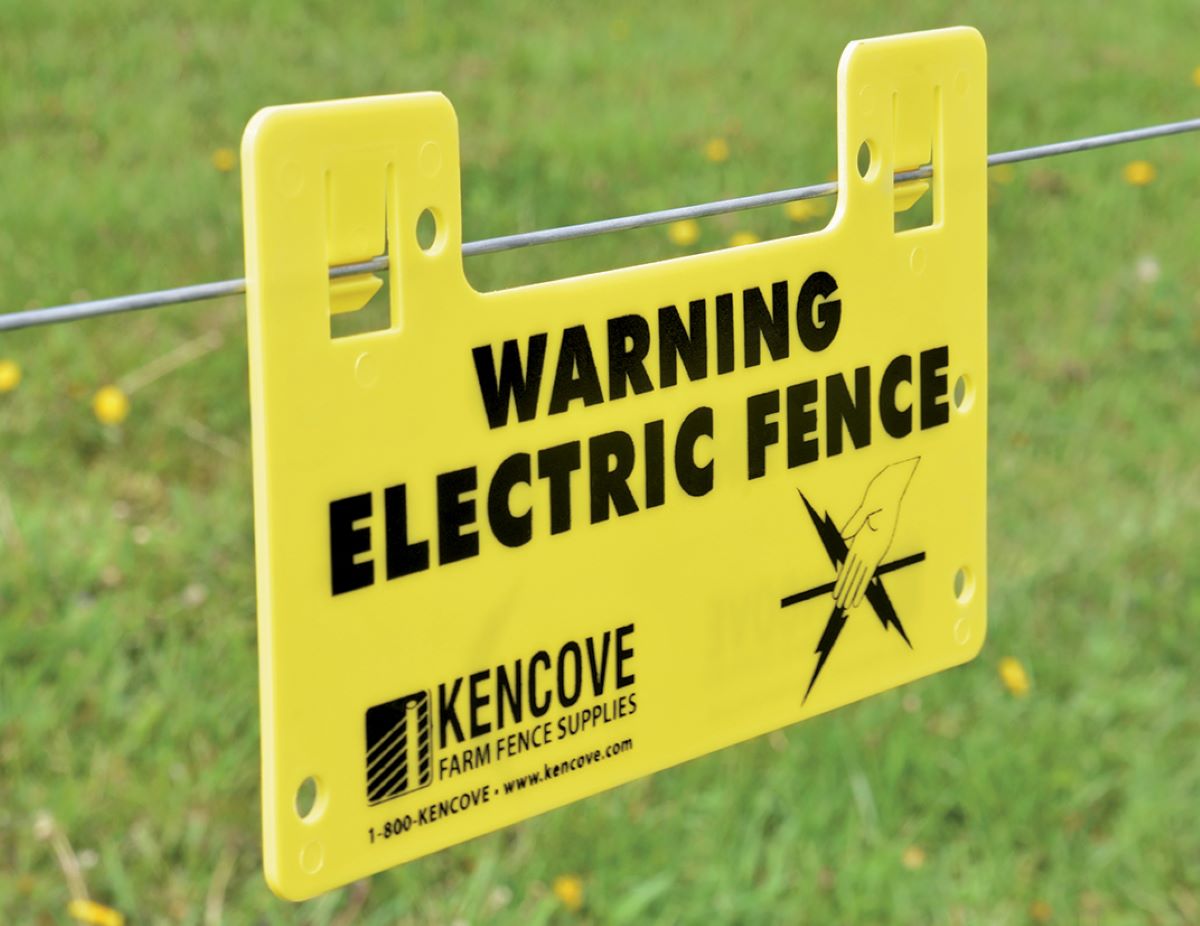
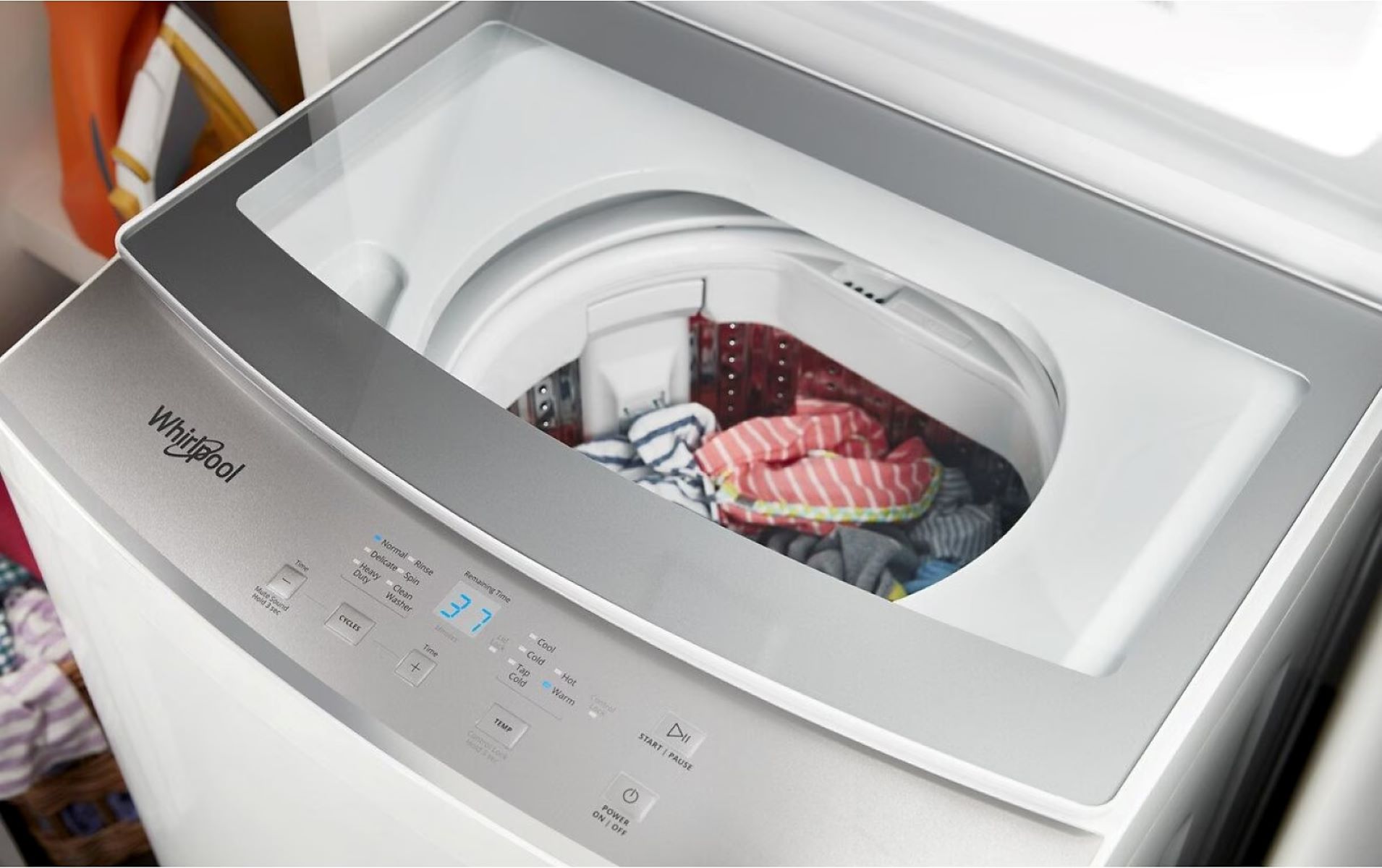


0 thoughts on “How Many Volts Does A Washing Machine Use”